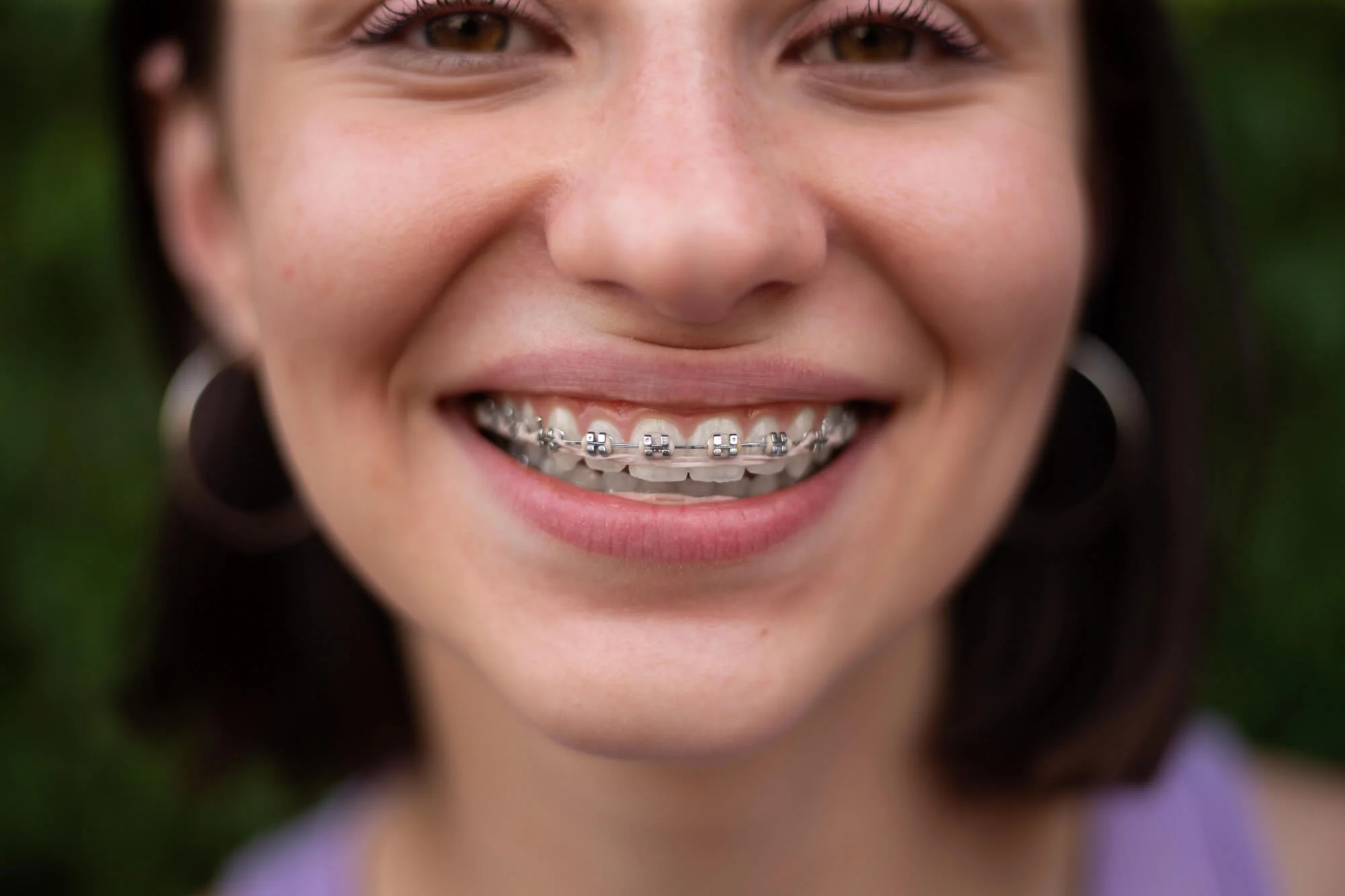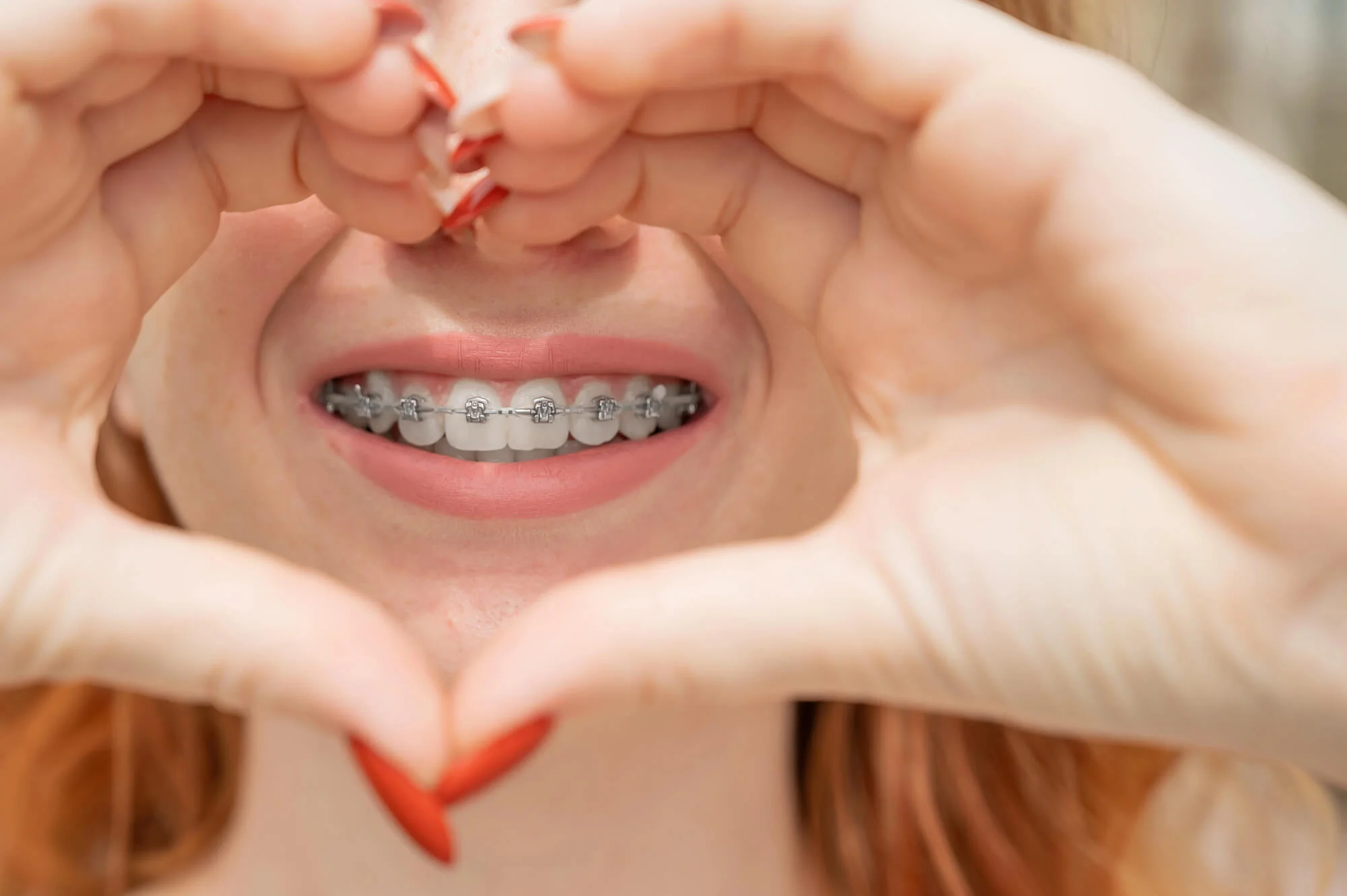Getting braces is a big step toward a straighter, healthier smile. But once they’re on, one question naturally comes to mind: How long will I have to wear these? The answer isn’t always straightforward, because every smile is unique. Treatment time can range from just a few months to several years, depending on different personal and clinical factors.
Understanding what influences your orthodontic timeline helps you feel more in control of the process. If you're considering starting your smile journey and looking for braces near you, knowing what affects treatment duration can help set realistic expectations and reduce surprises.

The Road to Straighter Teeth: It’s a Personal Path
Braces work by applying continuous, gentle pressure to shift your teeth into better alignment. Your orthodontist carefully plans how your teeth will move and in what order. The process takes time, and it’s highly individualized. Here are five key factors that play a major role in how long you’ll need to wear braces.
1. The Complexity of Your Case
Some smiles require more work than others. If your alignment issues are minor, you might only need braces for 6–12 months. But if you have more severe crowding, large gaps, or jaw misalignment, expect a longer treatment plan —typically 18–36 months.
Common Complex Issues
- Severely rotated teeth
- Impacted teeth that haven’t erupted properly
More involved conditions need gradual, step-by-step movements to prevent damage to your teeth and bone. Your orthodontist will monitor your progress at every stage and adjust the plan as needed to ensure safe, effective results.
2. Your Age at the Time of Treatment
Braces aren’t just for kids anymore. That said, age can make a difference. Younger patients (like preteens and teens) usually have faster results. Their jaws and facial bones are still growing, making their teeth more responsive to movement.
Adult Treatment Differences
Adults may require longer treatment due to denser bone and slower remodeling rates. Additionally, adults sometimes face challenges like worn teeth, gum issues, or past dental work that require a more customized plan.
No matter your age, the outcome is still achievable — it just might take a little longer if you’re past your growth phase.
3. How Well You Follow Instructions
This factor is one of the most important — and it’s entirely within your control. Treatment efficiency depends on how closely you follow your orthodontist’s guidance. That includes attending appointments, avoiding foods that damage brackets, and wearing additional appliances like elastics or expanders.
Compliance Counts
Not wearing your rubber bands as directed? Skipping checkups? These habits can delay your timeline. On the other hand, good oral hygiene and responsible care can help you finish on time — or even ahead of schedule.
It’s a team effort. When you commit to the plan, the results follow faster.
4. Your Body’s Natural Response to Braces
Everyone’s biology is different. While your orthodontist designs your treatment with precision, your body’s own response rate will play a role. Some people’s teeth move quickly and predictably. Others need slower adjustments to avoid discomfort or complications.
No One-Size-Fits-All
Even if two people have similar alignment issues, their treatment times may differ. Regular monitoring is key because it lets your provider make real-time tweaks for the best outcomes without unnecessary delays.
Patience is essential. Orthodontics is about steady, healthy progress.
5. The Type of Braces You Choose
Your appliance matters. While all braces ultimately aim for the same result, aligned teeth and a balanced bite, their paths can differ.
Comparing Options
- Traditional Metal Braces: Often the quickest for complex cases.
- Ceramic Braces: Less visible, slightly more fragile — may extend treatment slightly.
- Clear Aligners (like Invisalign®): Removable and discreet. Great for mild to moderate cases but requires strict wear compliance (20–22 hours/day).
Discussing your lifestyle, aesthetic preferences, and treatment goals with your orthodontist will help determine the best option — one that fits your schedule and needs.
Staying on Track: Your Role in the Process
Braces do the heavy lifting, but your everyday choices play a big part in how smoothly your braces work around the clock. Your habits can either help or hinder that progress. Staying consistent with care is essential for finishing treatment on time and avoiding setbacks.
1. Don’t Skip Appointments
Orthodontic checkups are carefully timed. Each visit ensures your teeth are moving correctly and allows your orthodontist to make necessary adjustments. Missing or delaying appointments gives your teeth time to shift in the wrong direction, which can extend treatment.
If something comes up, reschedule as soon as possible to stay on track.
2. Prevent Damage to Your Braces
Brackets and wires are sturdy but not indestructible. Chewing hard or sticky foods or taking a hit during sports can break or dislodge them. Damaged braces not only delay progress but can also cause discomfort or lead to emergency visits.
Avoid tough, crunchy snacks and always wear a mouthguard during contact sports. If something breaks, call your orthodontist right away.
3. Wear Appliances as Directed
Elastics, expanders, or other add-ons aren’t optional. They’re part of your treatment plan and are critical for correcting your bite and guiding proper tooth movement. Skipping them, even for a day, can slow progress significantly.
Consistency is everything. Follow your orthodontist’s instructions — even if the appliance feels awkward at first.
4. Prioritize Oral Hygiene
Good hygiene keeps your teeth and gums healthy throughout treatment. Braces create small traps for food and plaque, which can lead to swollen gums, cavities, or decalcification (white spots).
Brush at least twice a day, floss daily with threaders or interdental brushes, and consider a water flosser for extra cleaning power. A clean mouth supports faster, more predictable results.
5. Eat Smart
Certain foods are off-limits for a reason. Sticky treats, hard candy, nuts, ice, and crunchy chips can all damage your braces or get lodged in tough spots.
Instead, choose softer options like yogurt, pasta, bananas, or steamed veggies. If you’re eating something firm, cut it into bite-sized pieces and chew carefully.
6. Stay Committed
Braces take time, and it’s normal to feel impatient. But remember — every rubber band you wear and every time you brush well brings you closer to your goal. Small, daily choices make a big difference.
Your orthodontist is your teammate on this journey. They want you to succeed just as much as you do. With teamwork and consistency, your beautiful, aligned smile is well within reach.

Are You Considering Braces Near You?
The journey to your dream smile is a process — and a worthy one. Understanding what affects your timeline gives you the power to take an active role in it. Whether you’re just getting started or halfway through, being informed and engaged can make your experience smoother and more rewarding.
If you're ready to explore your options or want expert care that prioritizes your comfort and results, the friendly team at Mirror Lake is here to help. We’ll guide you every step of the way — from consultation to retainer.
Schedule your consultation with Mirror Lake today
Invisalign®, the Invisalign logo, and iTero®, among others, are trademarks and/ or service marks of Align Technology, Inc. or one of its subsidiaries or affiliated companies and may be registered in the U.S. and/or other countries.


